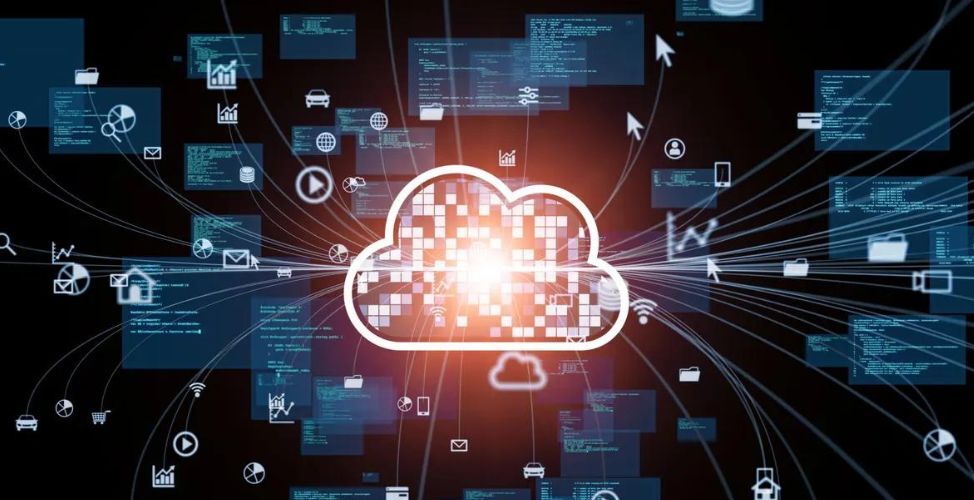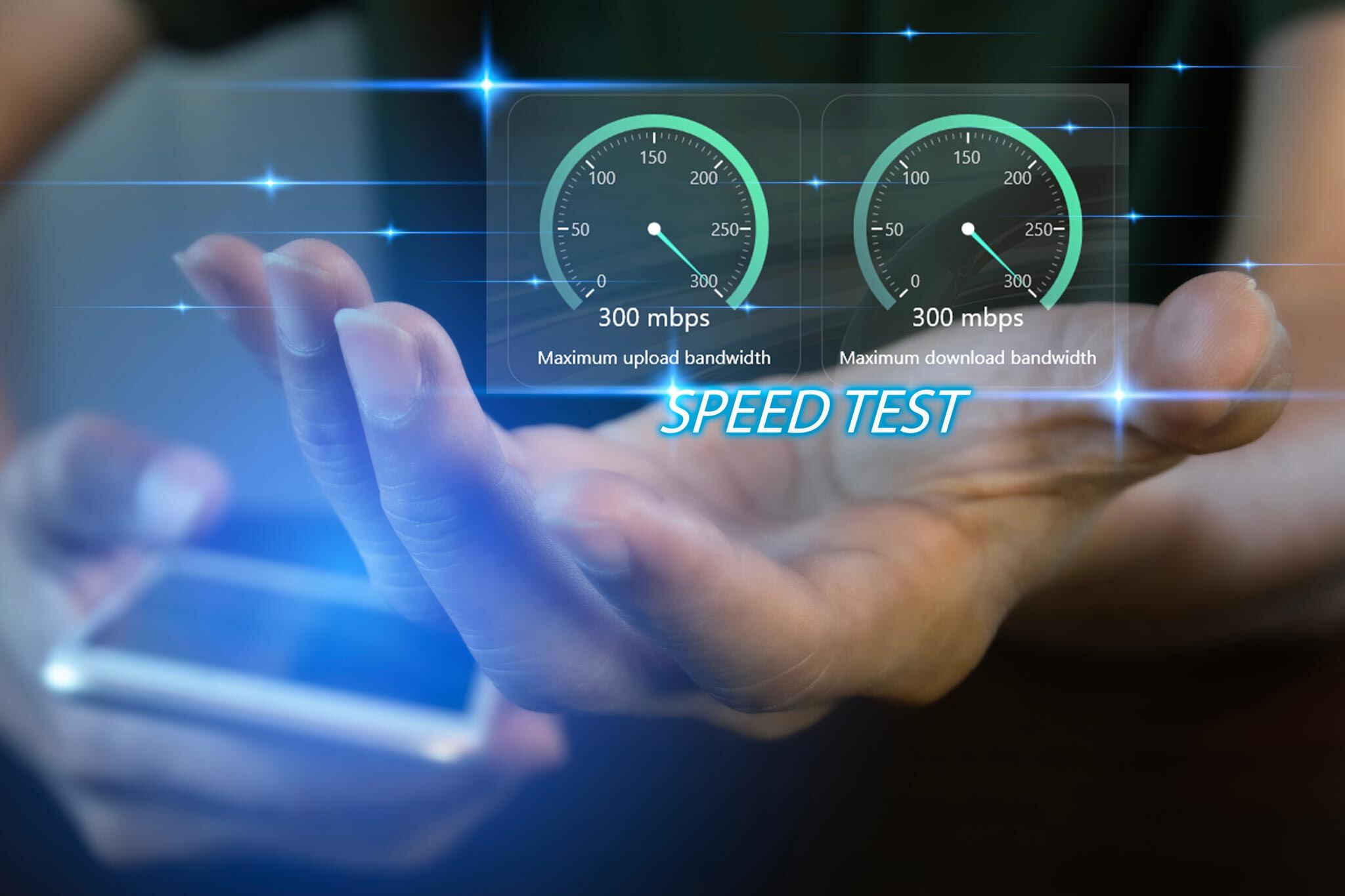Why Schools Should Upgrade to Cloud-Based Networking Solutions
Schools are increasingly adopting cloud-based networking to tackle issues like slow internet and outdated equipment, enhancing network management and...
You must be logged in to the LATechNet portal to view additional resources.
3 min read
 Aria - LATechNet Team
:
Mar 7, 2025 5:28:43 PM
Aria - LATechNet Team
:
Mar 7, 2025 5:28:43 PM

As schools increasingly rely on technology to manage student data, communication, and learning tools, ensuring that this information stays secure is more important than ever. One of the most effective ways to protect sensitive school data is by using Multi-Factor Authentication (MFA), also known as Two-Factor Authentication (2FA). But what exactly is MFA/2FA, and why should your school be using it? Let’s dive into these questions.
Multi-Factor Authentication (MFA) or Two-Factor Authentication (2FA) is an additional layer of security used to verify the identity of users accessing online accounts or systems. While a traditional password is the first layer of protection, MFA/2FA requires a second verification step to ensure that the person trying to access the system is who they say they are.
There are typically three types of factors used in MFA/2FA:
By requiring two or more of these factors, MFA/2FA makes it much harder for someone to gain unauthorized access to sensitive data or accounts.
Schools store a vast amount of sensitive information, from student grades to personal data and communication logs. Unfortunately, schools are becoming frequent targets for cyberattacks. By using MFA/2FA, schools can significantly improve their cybersecurity defenses. Here’s why MFA/2FA is critical:
Schools are responsible for safeguarding student records, including grades, personal information, and even health records. Hackers are well aware of the value of this information and often target schools because they can be easier to breach. MFA/2FA ensures that even if a hacker manages to steal a password, they still can’t access the system without the second authentication factor.
Account takeovers are a common form of cyberattack, where a hacker gains access to an account by stealing login credentials. MFA/2FA makes it far more difficult for attackers to succeed because they need more than just a password. This makes it much harder for someone to impersonate a staff member or student and use their accounts maliciously.
Phishing is a technique where attackers trick users into entering their login information on a fake website or through a fraudulent email. With MFA/2FA in place, even if a user falls for a phishing attack and provides their password, the attacker still needs the second factor to gain access. This drastically reduces the effectiveness of phishing attempts.
As many schools have shifted to remote learning or use digital tools for collaboration, the risk of cyber threats has increased. Teachers and students are logging in from various locations and devices, creating more opportunities for hackers. MFA/2FA ensures that anyone accessing school systems, whether on-campus or remote, is properly authenticated, securing digital classrooms, gradebooks, and communication tools.
Many educational institutions are required to comply with strict data security regulations like FERPA (Family Educational Rights and Privacy Act). Implementing MFA/2FA helps ensure that your school meets these security requirements, reducing the risk of non-compliance penalties.
Here’s an example of how MFA/2FA would work in a school environment:
User Login: A teacher or staff member enters their username and password to log in to the school’s digital platform (like an online gradebook or email).
Second Authentication: After entering their password, the user is prompted to verify their identity using a second factor. This could be a one-time code sent to their phone via text message or generated by an app like Google Authenticator.
Access Granted: Once the second factor is entered correctly, the user is granted access to the system.
If an attacker somehow obtains the teacher’s password, they would still be blocked from accessing the system without the second authentication factor.
At LATechNet, we understand the critical importance of protecting your school’s digital infrastructure. Implementing MFA/2FA is one of the best ways to enhance security and ensure that only authorized users can access sensitive information. We can help set up and manage MFA/2FA for your entire school, whether for faculty, students, or administrators.
Our team will:
MFA/2FA is an essential tool for protecting your school’s sensitive data and ensuring the safety of your digital learning environment. With cyber threats becoming more sophisticated, adding that extra layer of security is no longer optional. By working with LATechNet, you can ensure that your school’s accounts, systems, and data are secure, giving both your staff and students the peace of mind they need to focus on learning.

Schools are increasingly adopting cloud-based networking to tackle issues like slow internet and outdated equipment, enhancing network management and...

The article emphasizes the importance of proactive IT support in K-12 schools, highlighting its role in preventing technical issues before they...

In today’s digital world, bandwidth is a key factor that determines how well your school's technology functions. From online learning platforms to...